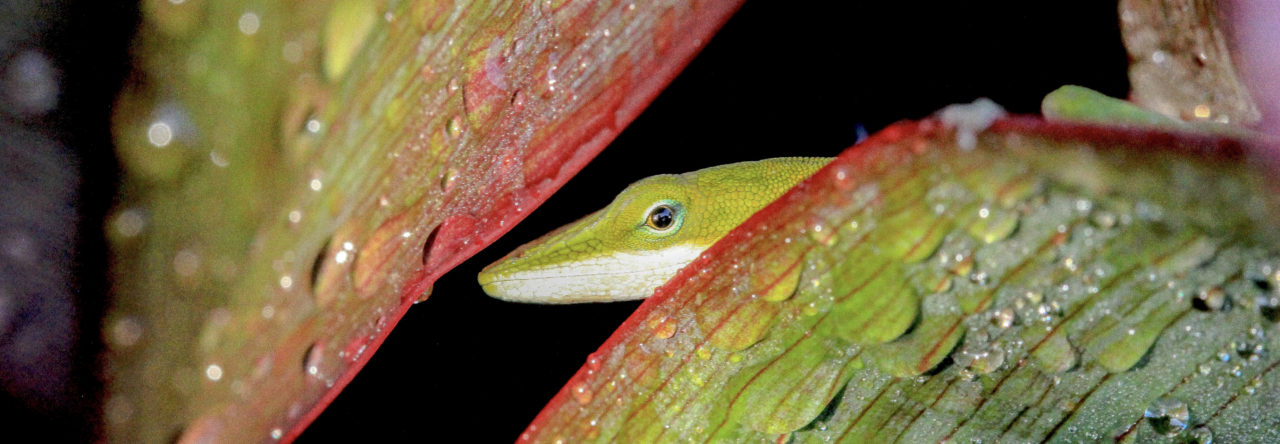The management here at Anole Annals feels responsible for putting up an appropriate, anole-themed Valentine Day’s post. Unfortunately, our normally reliable stable of incredibly talented and imaginative authors has not come up with the expected image of an anoline cupid, an anole starstruck with love, or some such, so we’re in a bit of a bind. It’s not too late, creative types–there’s still 5 valentine hours left here in North America!
However, in their absence, we thought a little googling would solve the problem. Typing in “anole love” found only one appropriate, G-rated image, and it came from…Anole Annals (below)! So we settled for the intriguing book cover above, which of course leads to the question: has anyone read this provocative romance novel?












Comments
Reply
Read More